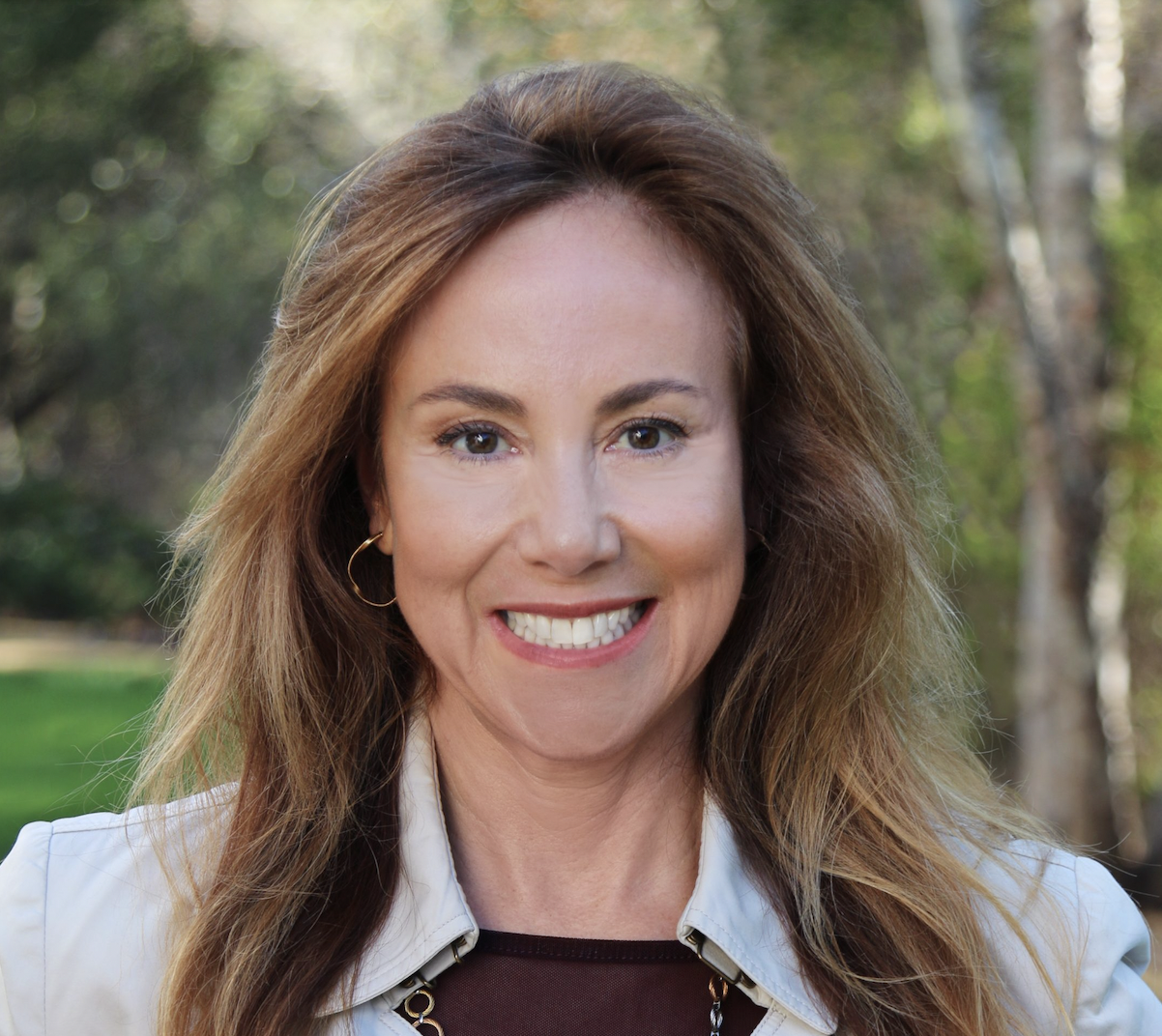Grafana Labs is one of the best-known open-source companies in the world, and as Chief Operating Officer from 2019 through 2023, Douglas Hanna orchestrated a huge amount of the company’s success. Doug oversaw all go-to-market (GTM) functions and internal operations at Grafana, and during his tenure as COO, Grafana grew from a seed-stage company to doing nine figures of annual recurring revenue (ARR). Doug’s insights into monetizing open-source business models provide a unique perspective on how to balance community adoption and profitability.
In September 2024, Doug became President and COO of Kustomer, bringing his experience in scaling high-performing teams, similar to his role at Grafana, to the AI-powered customer support platform.
Doug recently spoke with Crew Capital’s Dylan Reider to discuss how to adapt GTM strategies during periods of hyper-growth, using “heat” metrics to monetize open-source software, and the ideal CEO-COO relationship.
On aligning teams in an evolving customer journey
When different business functions work closely together, tension naturally arises from their proximity, even if those teams report to the same leader. Sales and marketing often experience tension because they serve different purposes in the GTM journey, and pre-sales and post-sales teams experience friction because they hold different responsibilities. Doug oversaw a wide assortment of teams as Grafana’s COO, so he made it a priority to ensure everyone rowed in the same direction.
“We had a saying at Grafana: ‘We are all on sales,’ and that’s evolved to include, ‘We are all on customer success.’ That indicates to the organization that it doesn’t matter if you’re a quota-carrying account executive, supporting the sales organization, or an engineer: We want everyone to feel ownership around us and help customers be successful,” he said.
Doug pointed out that these mantras set both a cultural and operational precedent within Grafana. He explained that this belief tied into a re-examination of the typical customer journey, allowing Grafana to better serve its customers.
“I think the actual enterprise buying journey in 2024 is way less linear than a nice little funnel graphic would have you believe,” Doug said. “It requires organizations to be much more nimble in how they think about sales, marketing, and post-sales because customer expectations have changed. Particularly in a consumption-based business model, it’s really important to drive that customer adoption early on. If it gets off track, it can be hard to recover.”
Adapting GTM during hyper-growth periods
In the time that Doug was COO at Grafana, the company grew tremendously. Inevitably, massive growth entails change in a company’s GTM strategy. Doug detailed his experience in diversifying and modifying the GTM during periods of hyper-growth. One example is transitioning from a single-product company to a multi-product company.
“When I joined, Grafana technically had multiple SKUs, but we made most of our money from selling Grafana Visualization, which is the graphing tool that most people think about when they hear Grafana,” he said. “But over the years, Grafana monetized over a dozen other services – we listened to what customers wanted, and we sold it to them. That makes for a big change in operations. Initially, Grafana was largely sold on-prem and you managed it yourself. And now it’s mostly cloud, multi-tenant SaaS. With that comes differences in how you sell, how you market, how you position, and even in some cases, who your target customers are.”
Along with selling an increasing number of SKUs, Grafana expanded its sales territory in this period. This required more cultural and language specialization.
“When I joined Grafana, we had a few reps covering the US, and then one rep whose territory was the rest of the world,” Doug said. ” Now, there’s a robust team in EMEA, APAC, and in LatAm. Being able to listen to different markets and help customers, regardless of where they live in the world, and have people on the ground in their own countries is a big evolution. It required thinking about the business pretty differently.”
With a globally expansive base of customers, Doug pointed to increasing customer segmentation, and the need for more targeted resources.
“I joke that in our earlier days, we had a big bucket of accounts and a big bucket of reps, and then we’d assign them via whatever made sense. But over the years, we had to employ a much more robust segmentation with different types of reps working with different types of accounts depending on where they live, how big those accounts were, what industries they were in, and if there was expansion potential. That always has to evolve as a company grows. It’s one of those things you don’t want to overcomplicate early on, but rather something to grow into naturally over time.”
Using ‘heat’ to monetize an open-source project
Under Doug’s direction, Grafana achieved tremendous traction, but simply growing revenue as an open-source solution doesn’t equate to a great business – If a company stops investing in open-source improvements, users will often fork the product or move on to something else. According to Doug, Grafana successfully navigated those waters by building an engaging community and continuing to nurture it throughout the company’s journey.
“That’s where this concept of ‘heat’ comes in. If someone is only using the open-source, you have some data around usage. The most interesting heat is what webinars are they going to, and what content they are engaging with. Did they sign up on Grafana.com? Are they active in some of our community channels? That sort of data is telling of how much value someone is getting from us holistically, painting a clearer picture of how plugged into the Grafana ecosystem they are,” he said. “I’m a believer that the more heat you have in an account, the more likely you are to be able to sell into it, and the more willing they’re going to be to talk to you. At some point, maybe at whatever large revenue scale, Grafana is going to have to market to people who have never heard of Grafana before, and it’s going to be just like selling any other SaaS solution. But the goal is to continue growing the open-source adoption and then continue helping those open-source users understand the commercial offerings over time.”
Doug emphasized the importance of continuing to foster the relationships with the open-source community and the value that comes from them.
“It probably costs hundreds of millions or billions of dollars to build that kind of brand awareness, equity, and trust. I take it really seriously, and it takes time and patience. I always use the analogy of the golden goose: You can monetize your golden goose if you’re responsibly taking a feather a day, but if you get greedy, you’ll burn the community, and kill the golden goose,” he said.
Learning from Grafana’s open-core success
According to Doug, one of the earliest benefits of open-source software is that users can download and install it without having to go through strict legal or security procurement hurdles. There are exceptions, but it can be a way in for a company that might otherwise hit roadblocks for buying new software or onboarding a new vendor.
That path of decreased friction, combined with the ongoing shift to cloud-first management, gives open-source models significant value. Doug explained how Grafana excelled amid this shift, and how other companies can learn from Grafana’s success.
“It really started taking off for Grafana Enterprise, the premium, open-source version of visualization, with enterprise data sources. This was unique to Grafana. It took the company some trial and error to figure out what was going to compel people to pay. The learning for other companies is to find your equivalent that might be unique and goes beyond your standard checkbox, like security client features, that can motivate people to pay,” Doug said. “Grafana also switched to consumption for cloud and pure usage-based billing relatively early in the company trajectory. We were pretty inspired by what MongoDB and some other companies were doing at the time, and obviously cloud vendors like AWS and Google were doing that as well. I don’t think that’s super unique, but in my advisory work with companies, I encourage them to think about consumption-based models if they don’t start with that, and think about how they can evolve into that because it’s what many customers prefer. It reduces a lot of friction in the buying process and can be quite valuable.”
Great in-person events foster community and sales
Grafana has successfully leveraged in-person events, such as ObservabilityCON and GrafanaCON, to further connect with the Grafana community and increase sales. Doug shared his beliefs on what makes for a great company event — and what to avoid.
“I would much rather spend on a first-party event than sponsor a booth at some large conference,” Doug said. “It can be a good use of funds, but it’s important to think about what your goals are. A lot of people say, ‘Let’s do an event,’ and then they’re disappointed when they don’t have strong pipeline generation that comes from it.”
Doug suggested that clarifying goals in advance goes a long way toward throwing a successful event. Increasing engagement, garnering media attention, and generating sales pipelines are all goals to consider. Grafana split its efforts into two events: GrafanaCON, which focuses on open-source community projects, and ObservabilityCON, which focuses on commercial offerings and trends in the broader observability space.
“Another best practice is to think about not just the event itself, but what’s happening before or after it on those days, and what high-value attendees or prospects might take a liking to,” Doug said. “We would always have our executives stack meetings throughout the day, particularly our technical executives that our customers and prospects wanted to engage with. We’d make sure we were taking people out to lunch or dinner in smaller groups, beyond just the main conference dinner. Lots of selling and pipeline movement happens where you have this excuse of, ‘Hey, you’re at the event!’ People feel special if they’re in a private meeting with the CEO or the CTO.”
Doug also said that simply charging for event admission acts as a filter; the point isn’t so much to make money from admission, but rather, to weed out passive sign-ups. A willing buyer signals that that person expects to find value in the event.
The ideal CEO-COO relationship
Doug pointed out that a common path to COO routes through sales, but there are other types of COO’s. There are people who come up through marketing, other general and administrative (G&A) seats such as finance, and more generalist business operations backgrounds.
Regardless of what type of COO the company has, for Doug, the foundation of a successful COO partnership with a CEO starts with personal connection.
“Is there mutual respect? Is there trust? Can they collaborate well and work together well? That’s priority number one,” he said. From there, understanding each person’s skill set and making sure they complement one another allows each leader to thrive.
Doug mentioned that he advises founders to consider what they’re looking to get out of hiring a COO. “Are they looking for this person just to run sales and revenue? Are they looking for a partner for the business? Are they going to help with fundraising? Will they be the person to call about making a big team change to another team? What is that dynamic?”
The advice he’d give to himself at the start of his career
Doug works as an advisor for a variety of startups, and he’s able to pull from his own experiences at a public company, an early-stage company, a growth-stage company, and some personal entrepreneurial experiences. If he could go back and give his younger self one piece of advice, he’d say to optimize for company quality.
“You can fix a lot of things when you join a company, but it’s a fundamental product fit,” he said. “It’s the people, the culture, the things that you want to work with. And that is more important, I think, than a role or title or exact reporting structure. People tend to over-optimize for those things.”
Doug also advised that he’d rather join a company that feels a little chaotic, versus one that’s a well-oiled machine.” I’m always interested in companies that are successful almost in spite of themselves,” he said. “If I came into a company as an advisor or potential employee and everything was already dialed in and they were growing linearly, that’s a red flag to me. They might seem competent, but I would much rather go into a company and feel like, ‘Wait you do this, or you don’t do this, or wait, this is missing,’ or something obvious like that. Counterintuitively, the best companies are the ones that are doing well despite themselves.”
Related Articles

Kedar Dani: Building a Scalable Sales Engine at Early Stage Startups
In this conversation with Crew Capital’s Dylan Reider and Sonia Damian, Kedar Dani, GTM Advisor, shares sales advice for startups,…

Kulpreet Singh: Conquering the European GTM Strategy
Crew Capital’s Dylan Reider and Sonia Damian recently sat down with Kulpreet Singh about considerations for startups building GTM strategies…

The Compound Cost of Shortcuts: Kimberly Lytikainen on Building Legal Structure to Thrive at $40M, $100M and Beyond
Kimberly Lytikainen's progression from intellectual property litigation at law firms to senior legal roles at Sun Microsystems, NVIDIA, MindBody, Five9…







